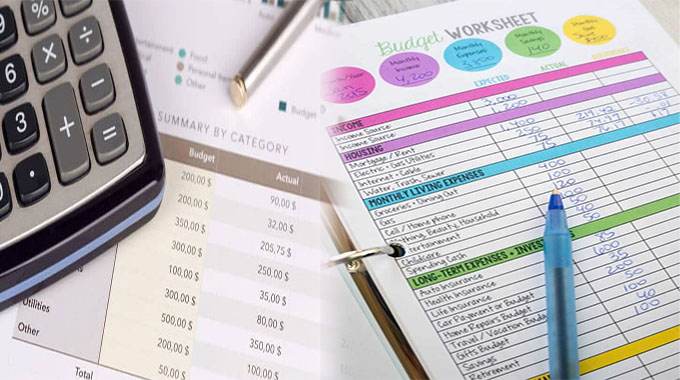Managing monthly expenses can sometimes feel like a juggling act, especially when it comes to family finances. But with the right approach, creating a family budget can provide a clear roadmap for financial stability and help alleviate stress about money matters. Here’s how to create a family budget for monthly expenses.
Step 1: Assess Your Income
The first step in creating a family budget is to assess your total monthly income. This includes all sources of income, such as salaries, bonuses, investment dividends, and any other funds that contribute to your household finances. Having a clear understanding of your total income will provide a foundation for budgeting your expenses effectively.
Step 2: List Your Fixed Expenses
Fixed expenses are regular, consistent costs that recur every month. These can include mortgage or rent payments, car loan payments, insurance premiums, and utilities. Make a list of these expenses and their exact amounts to establish a baseline for your budget.
Step 3: Factor in Variable Expenses
Variable expenses are costs that may fluctuate from month to month. These can include groceries, entertainment, dining out, and clothing purchases. While variable expenses may be more challenging to predict, it’s important to estimate these costs as accurately as possible by reviewing past spending patterns and considering upcoming events or special occasions.
Step 4: Identify Savings Goals
Alongside your expenses, it’s crucial to allocate a portion of your budget towards savings and financial goals. Whether it’s building an emergency fund, saving for a vacation, or contributing to a child’s education fund, setting savings goals ensures that you’re proactively preparing for the future.
Step 5: Designate a Budgeting Method
There are various budgeting methods to choose from, such as the envelope system, zero-based budgeting, or using budgeting apps. Select a method that aligns with your family’s preferences and lifestyle and will help you track your expenses effectively.
Step 6: Track and Adjust
Once your budget is in place, it’s essential to track your spending regularly to ensure that you’re staying within your allocated amounts. If necessary, make adjustments to your budget to accommodate unexpected expenses or changes in income.
Step 7: Communicate and Collaborate
Creating a family budget is a collaborative effort. It’s crucial to involve all family members in the budgeting process, especially when it comes to identifying spending priorities and making collective financial decisions.
Step 8: Seek Professional Advice if Needed
If creating a family budget feels overwhelming or if your financial situation is complex, it can be beneficial to seek advice from a financial advisor. Professional guidance can provide customized strategies to optimize your budgeting efforts and help you achieve your financial objectives.
Creating a family budget for monthly expenses requires thorough assessment, strategic planning, and ongoing diligence. By following these steps and maintaining open communication within your family, you can establish a solid financial foundation that promotes fiscal responsibility and peace of mind.
Remember, a well-crafted family budget isn’t about restriction; it’s about empowerment and making informed choices about how to allocate your resources for a secure financial future.












